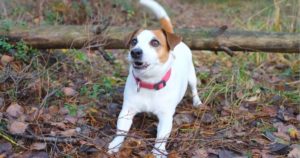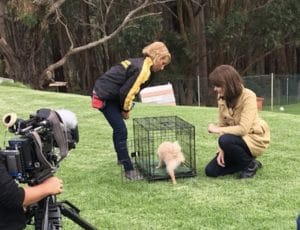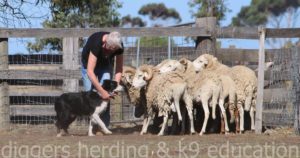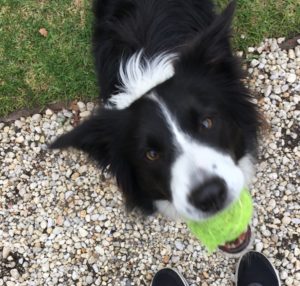
Much like puberty in humans, there is also an adolescence period in dogs. This is when they develop rapidly and experience significant hormonal changes that makes dealing with an adolescent dog a challenge for even the most patient of owners.
Adolescence in dogs typically occurs between 6 and 18 months, depending on the breed and individual dog, for most dogs though it’s around 8 or 9 months.
This is a time that some dogs start to exhibit problematic behaviour as the hormonal changes in an adolescent dog can make them appear less obedient. Just think back to your own, or your children’s teenage years, and you’ll know what I mean. Your formerly well-behaved or shy puppy may start to become more assertive, independent, and really push the boundaries.
However, it is actually because their brain becomes disorganised and they become motivated to explore, interact and expel their pent up energy and hormones, wanting to interact more with the environment and people in it.
The surge of hormones and energy levels that an adolescent dog can experience can result in increased territorial behaviour, mounting and aggression, or lead to hyperactivity, destructive behaviour and excessive barking.
It’s no wonder then that such a high number of dogs are surrendered to animal shelters at this age.
Another factor contributing to problem behaviours is a lack of positive socialisation and training, or even over-socialising them during their critical period of development which is the first 3-4 months of their life.
If dogs are not socialised correctly during these earlier months, they may become fearful or anxious around other dogs, which can lead to reactivity and aggressive behaviour.
I’ve experienced this first-hand with Vindi, who came to me at the start of his adolescence period after having had an tough puppyhood, and even as a trainer, it had me wondering what to do.
As with human teenagers, owners need to be aware that their dog is going through a phase. Simply punishing them for unwanted behaviour can actually make it a lot worse, so it’s important to provide consistent, positive training and socialisation.
This includes daily exercise, structured training sessions, mental stimulation and exposure to new and varied environments, people, and dogs in a controlled and positive way.
Avoid busy dog parks and arrange play dates with calmer, well-adjusted dogs that can show them the ropes on how to behave appropriately, while allowing them to still have fun and play, to help expel some of that pent up energy.
If you need a quiet space where they can run around and you can work on their training as well without distractions, consider hiring a private space with Sniffspace.
Don’t expect your adolescent dog to just grow out of it either without addressing the issues, see a professional trainer as soon as any problems arise. Read more about why it is so important to address dog behaviour problems early HERE.
Interestingly, it’s often the primary carer that they act up for the most, while responding perfectly well to others.
As dogs move through adolescence it is also a time when their nutritional needs change, so talk to your vet or pet food nutritionist about their diet and any adjustments that will need to be made as they move into adulthood.
And, if you’re looking for some long lasting chews to help keep your adolescent dog occupied and stop them chewing things they shouldn’t be, or some treats for training, visit the Vitapet website.
Lara Shannon is a certified dog behaviourist and trainer, pet food nutrition specialist, Executive Producer and Host of Pooches at Play on Channel 10 and editor of Poochesatplay.com. Lara also runs her own dog training business in Melbourne’s Bayside area and is the Author of World of Dogs and Eat, Play, Love Your Dog

The benefit of interactive toys for dogs


The benefits of crate training your dog

How herding training can help with dog behaviour issues

Does your dog have a ball obsession?


Get your paws on Lara Shannon’s best selling books ‘Eat, Play, Love (your dog) and World of Dogs.
Available in Australia, USA, UK and Canada.